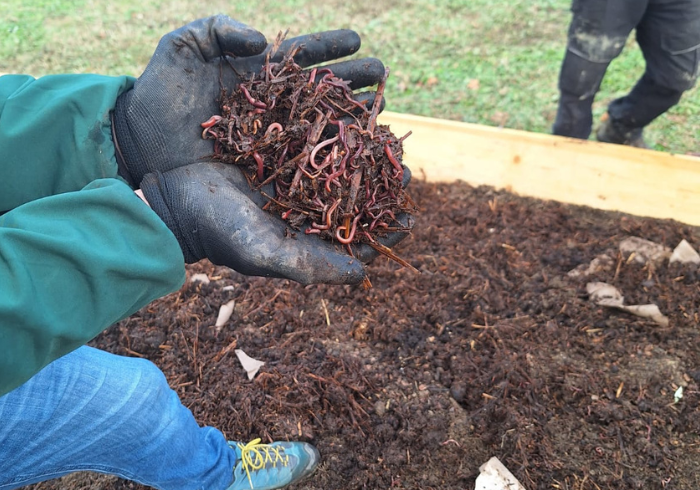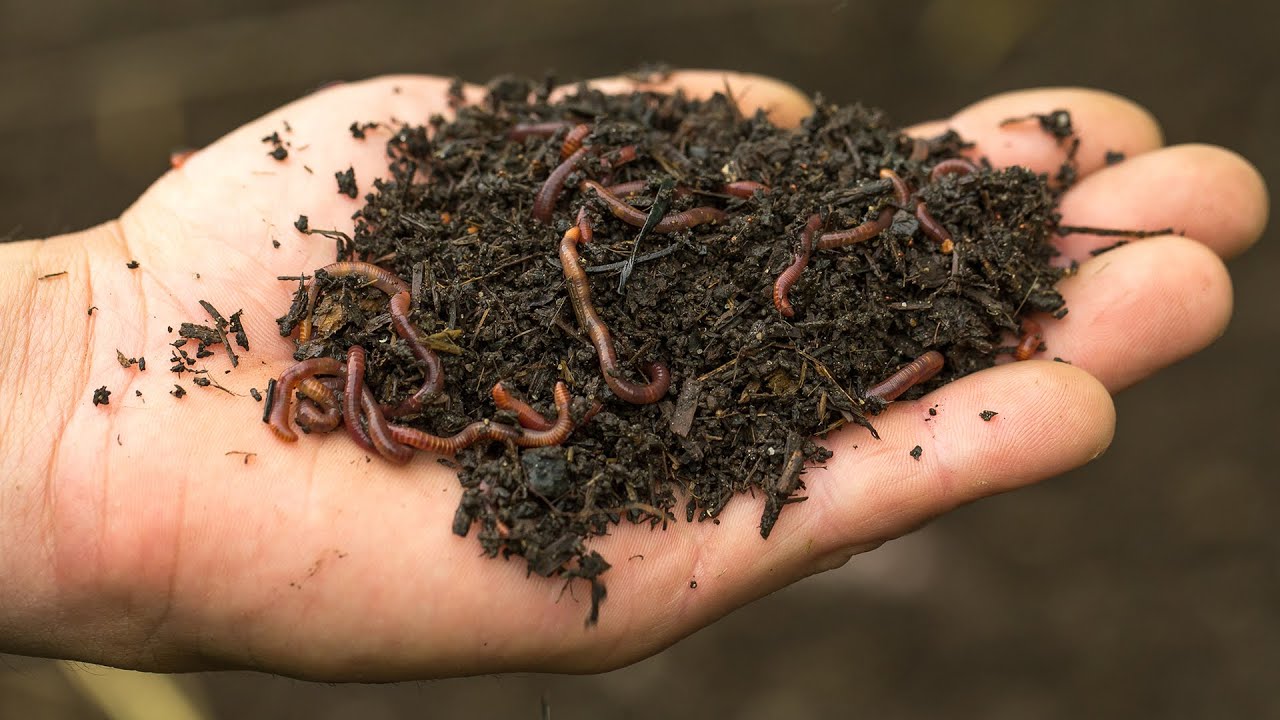10 Simple Techniques For Red Wiggler Express
10 Simple Techniques For Red Wiggler Express
Blog Article
Examine This Report about Red Wiggler Express
Table of ContentsRed Wiggler Express - TruthsThe Best Strategy To Use For Red Wiggler ExpressThe 9-Second Trick For Red Wiggler ExpressThe smart Trick of Red Wiggler Express That Nobody is Talking AboutThe Best Strategy To Use For Red Wiggler Express

If you're at all in tune to the farming information of late, you're well mindful that soil wellness is in decline all over the world a problem that is having a tragic influence on our food systems. The answer to this worldwide problem? Worms.
It has actually been adapted for the internet. Some start vermicomposting as a leisure activity and range up, whereas others have the objective right from the beginning to produce a profit-making service. They might be farmers, area yard volunteers, entrepreneurs, landscaping companies, greenhouse growers, or personnel at facilities that generate food waste. Some are retired people, and others function full time.
The Greatest Guide To Red Wiggler Express
Among one of the most usual reasons for venturing right into commercial vermicomposting is the wish to reuse natural waste into items that boost dirt and plant health and wellness. Dirt health has lately come to be a crucial global issue. The United Nations Food and Agriculture Company declared 2015 the International Year of Soils to raise recognition of soil's function in food security and healthy and balanced environment function.

In the interior of a landfill, natural materials damage down in an anaerobic setting and release methane, a greenhouse gas that is 25 times more potent than co2 (Organic). A better option to landfilling food waste and various other organic materials is to vermicompost them. What was when thought about waste can be transformed right into useful items that nourish dirts and plants
6 Easy Facts About Red Wiggler Express Described
For the past 25 years in dozens of documents, book chapters, and meetings, I have actually referred to the completed item of vermicomposting as vermicompost. This term is usually made use of to recognize the blend of earthworm spreadings (feces) and uneaten bedding and feedstock (organic product) that is gathered from worm beds.
After substantial idea, I determined to utilize the term vermicast throughout this book, for 2 crucial factors. One is due to the fact that lots of people utilize the terms garden compost and vermicompost interchangeably, not realizing that the end item of vermicomposting is qualitatively different from garden compost. I believe it would certainly benefit the vermicomposting industry to distance itself from the term garden compost in referring to its products.
Composting is the controlled procedure of transforming organic materials into a useful soil amendment under cardiovascular conditions using naturally created warmth. In comparison, a vermicomposting stack or worm container ought to be preserved so that it does not warm up. In a garden compost pile the types and quantities of species of microorganisms alter when the heap gets to thermophilic temperatures of 106F (41C) or greater.
The Definitive Guide to Red Wiggler Express
The lower line marking the difference between garden compost and vermicast, however, (https://www.domestika.org/en/redwigglerex) is that the last has travelled through earthworms. Therefore, vermicomposting is a lot more similar to livestock manufacturing than to composting; it calls for animal husbandry skills to appropriately look after the worms. A 2nd factor to utilize the term vermicast is to avoid item labeling that can be puzzling to customers.
Worm spreading is the last product of worm digestion and can be just known as worm manure. It is rich in natural matter and helpful microbes that create and assist your garden.
Lasting gardening is exercised when no-cost or inexpensive changes such as the use of worm casting from vermicomposting is included. Accumulated raw material in vermicompost bins. Picture by Maggie Chen. Worms play this essential role in the vermicomposting process and additionally in reducing the effects of climate adjustment. Land fill gas (LFG) is produced as an all-natural by-product of organic product decay, such as food waste decomposing in landfills.
In the past 2 hundred years after the Industrial Transformation, methane concentrations within the atmosphere have more than increased due in big part to anthropogenic human-related tasks (Fishing). Around half of LFG released from land fills is co2 and the rest is a small percentage of non-methane organic compounds. Methane is a powerful greenhouse gas that remains in the ambience for a much shorter time in comparison to carbon dioxide however both are launched in the atmosphere in large amounts from varying sources among which is natural material disintegration from land fills
The Main Principles Of Red Wiggler Express

Exists a food waste or vermicomposting system on your regional university? It is seen that long-term and impactful actions on a system vast scale can start with a single tiny worm. Worms may be commonly connected with this gory and scary period, but when considering the interconnected influence of the vermicomposting process (on boosting soil health and wellness and plant development in your garden, reduce climate change, and equipping students) offer some gratitude to the abundant advantages that worms provide.
Report this page